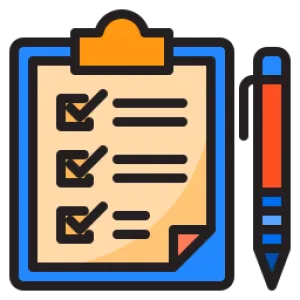
California State AED Laws
Summary of Requirements
| Summary of Requirements |
||
| Physician | No current legislation | |
| CPR/AED Training | No current legislation | |
| EMS Notification | Any person or entity that supplies an AED shall notify an agent of the local EMS agency of the existence, location, and type of AED acquired. |
|
| Maintenance Program | The AED must be maintained and regularly tested according to the operation and maintenance guidelines set forth by the manufacturer, the American Heart Association, and the American Red Cross, and according to any applicable rules and regulations set forth by the governmental authority under the federal Food and Drug Administration and any other applicable state and federal authority. The AED must be checked for readiness after each use and at least once every 30 days if the AED has not been used in the preceding 30 days. Records of these checks shall be maintained.There must be a written plan that describes the procedures to be followed in the event of an emergency that may involve the use of an AED. The written plan shall include, but not be limited to, immediate notification of 911 and trained office personnel at the start of AED procedures. Building owners must ensure that tenants annually receive a brochure, No less than once a year, building owners will notify their tenants as to the location of AED units in the building. |
|
| |
Notification of Use | Any person who renders emergency care or treatment on a person in sudden cardiac arrest by using an AED must activate the emergency medical services system as soon as possible, and report any use of the AED to the licensed physician and to the local EMS agency. |
| Good Samaritan Protection | ||||
| Rescuer | Purchaser | Property Owner | Physician | Trainer |
| |
||||
| CA Health and Safety Code § 1797.196 - 2006 Provides Good Samaritan protection for use of an AED and establishes guidelines for AED programs. | ||||
| Laws / Legislation | ||
| Reference | Date | Summary |
| CA AB 1467 | 2023 | Requires AEDs at youth sports events; not everyone is allowed to use them however. |
| CA SB 1397 | 2018 | Outlines AED requirements for buildings constructed on or after January 1, 2017 |
| CA SB 502 | 2018 | Outlines AED requirements for commuter rail systems. |
| CA AB 2009 | 2018 | Requires CA schools to:
|
| CA AB 1766 | 2018 | Requires public swimming pools to have an AED. |
| CA Ed Code § 51225.6 | 2016 | Outlines AED requirements for schools. |
| CA Ed Code § 49417 | 2015 | Outlines fund receiving policies for schools with the intent on acquiring and maintaining an AED. |
| CA Health and Safety Code § 19300 | 2015 | Outlines the occupancy structures that are required to have an AED on the premises. |
| 16 CCR § 1070.8 | 2011 | Outlines AED requirements for dental offices. |
| CA Health and Safety Code § 104113 | 2007 | Outlines AED requirements for health studios. |
| CA Civil Code § 1714.2 | 2006 | Grants Good Samaritan protection for TRAINED users. |
| CA Civil Code § 1714.21 | 2006 | Grants Good Samaritan protection for UNTRAINED users. |

